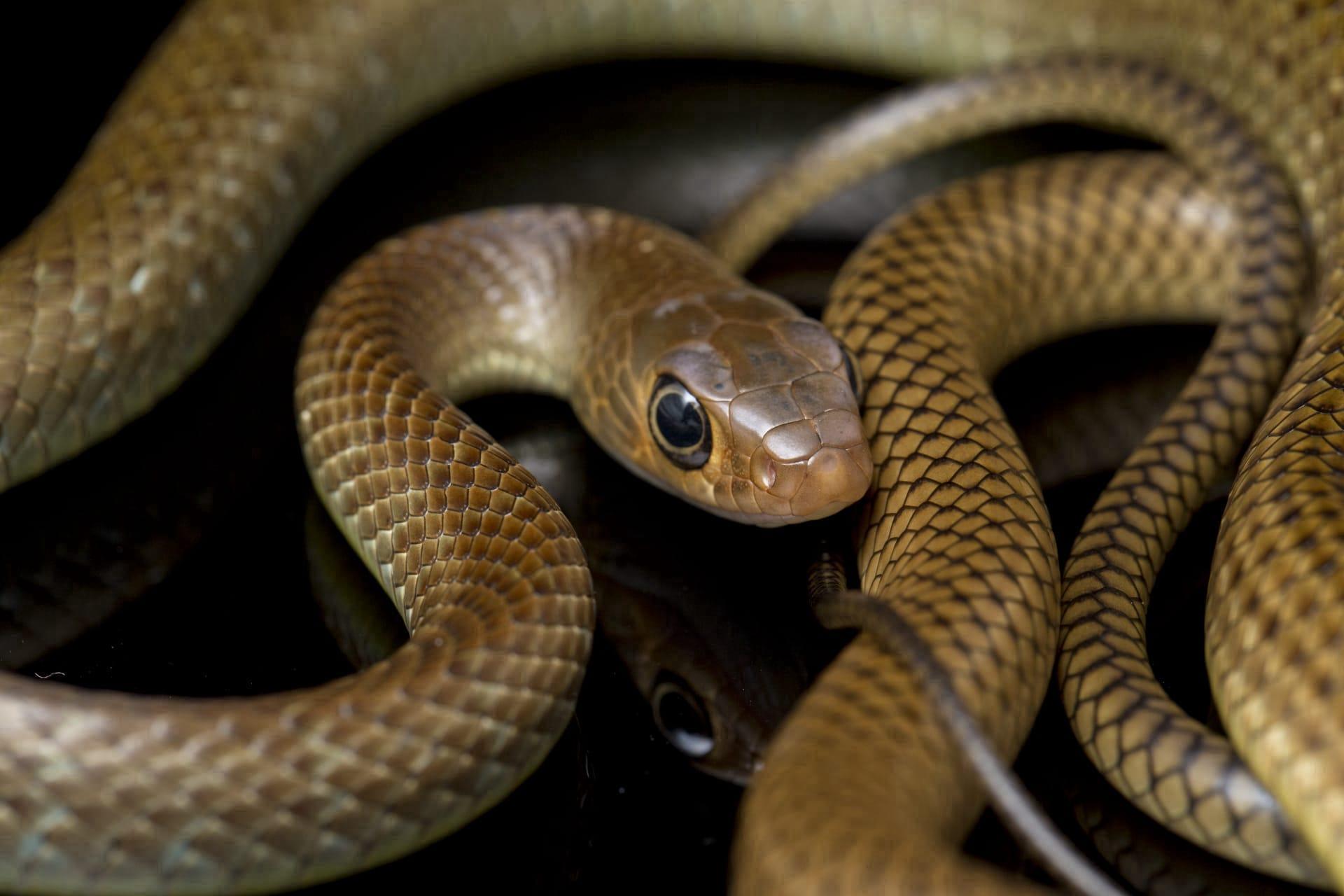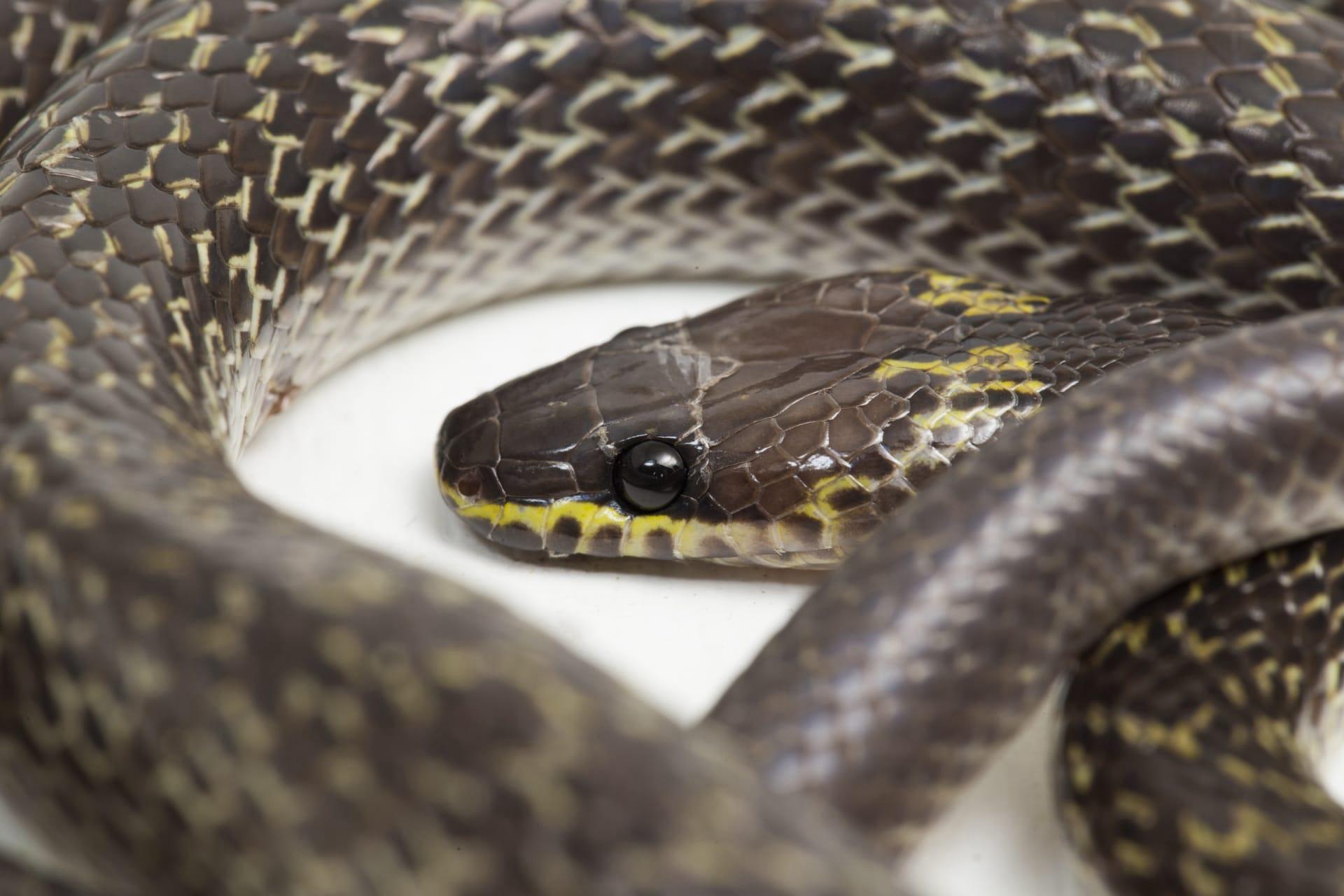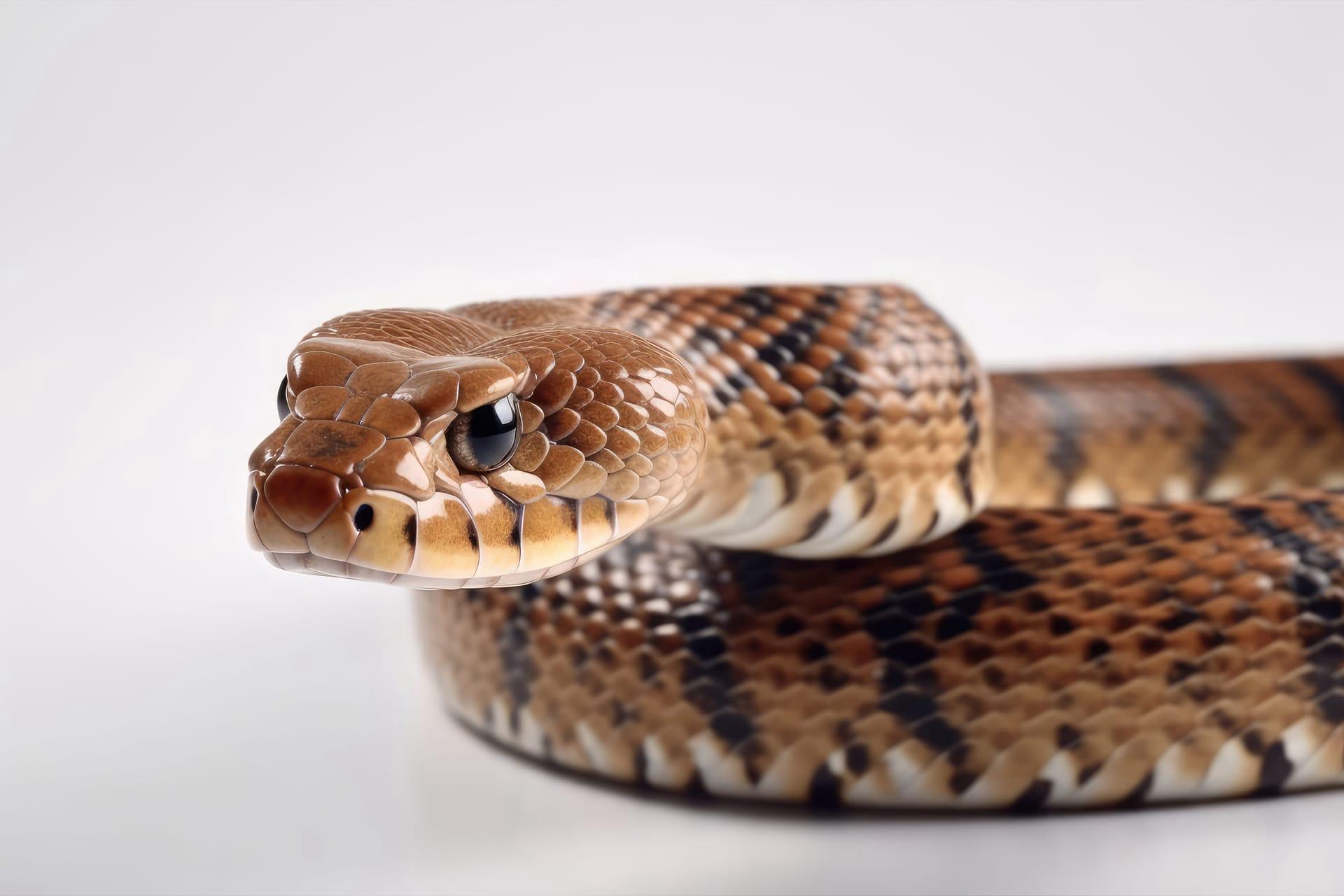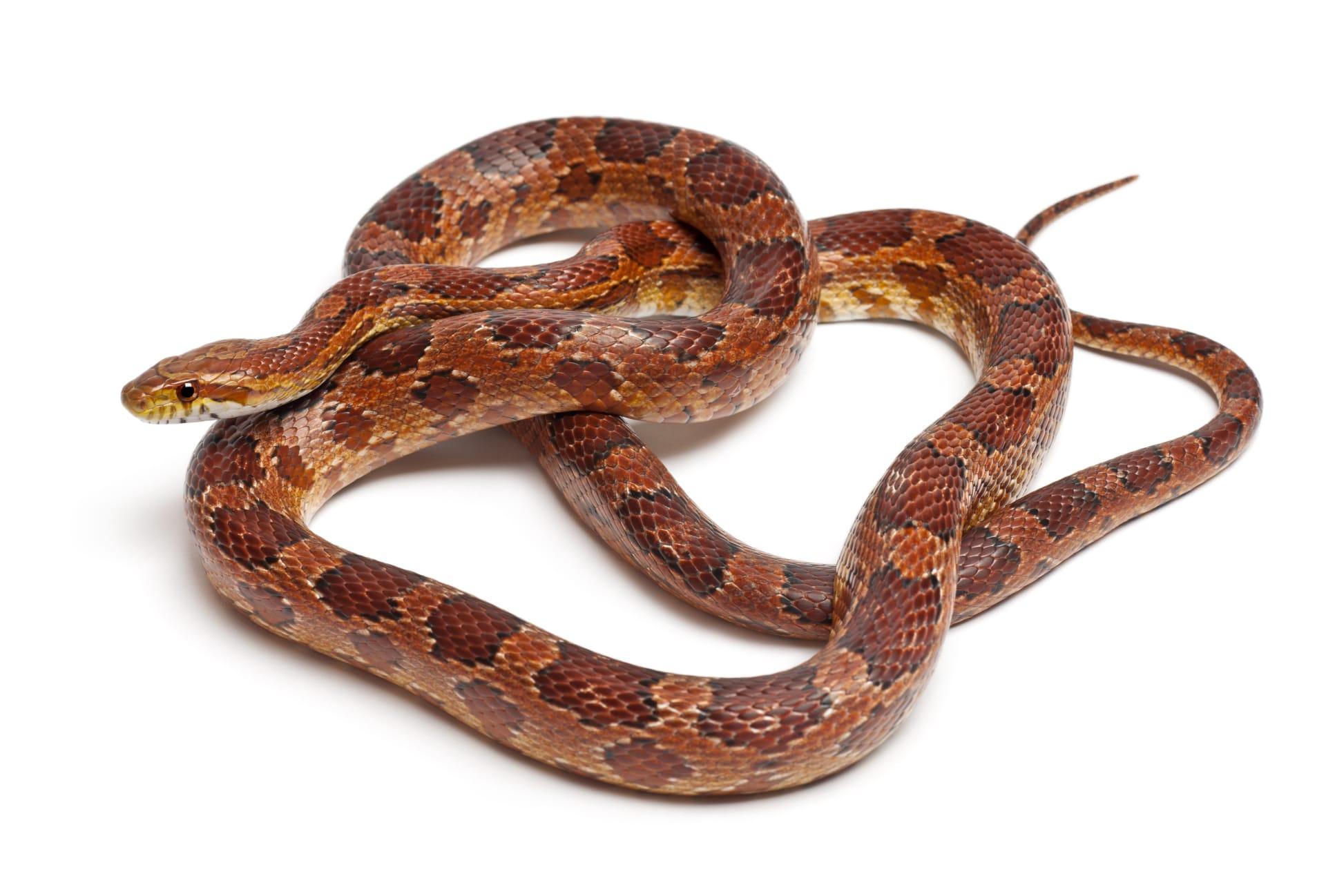1
Brown snakes, commonly found in Australia, are renowned for their highly venomous bite, which is potent enough to be a threat to humans. Intriguingly, the Eastern brown snake, a specific species within this group, possesses venom that is ranked as the second most toxic of any land snake globally. Its venom contains a complex mix of toxins, including neurotoxins, coagulants, and myotoxins, making it particularly lethal. A single bite can deliver about 2-4 mg of venom, whereas the estimated lethal dose for humans is just around 0.01 mg/kg of body weight. This means that even a small amount of venom can be life-threatening if not treated promptly.
Brown snakes, despite their danger to humans, play a crucial role in the ecosystem. They primarily feed on rodents, including mice and rats, which helps control these populations. An adult brown snake can consume a rodent almost equal to its own body size, and due to their high metabolism, they can eat a significant number of rodents in a year. This feeding behavior not only benefits the snake's survival but also aids in managing potential rodent overpopulation, which can have a detrimental impact on agriculture and spread diseases to humans.

2
Regarding their reproduction, brown snakes are oviparous, meaning they lay eggs. A female brown snake can lay between 10 and 35 eggs per clutch, and these eggs are typically deposited in warm, moist areas like compost heaps or under logs. The eggs incubate for about two months before hatching. Interestingly, the hatchlings are independent from birth and are equipped with venom as potent as that of adults, making them capable of fending for themselves immediately.
Another fascinating aspect of brown snakes is their adaptive coloration. While commonly referred to as 'brown', these snakes exhibit a range of colors and patterns, which can vary significantly depending on their geographical location. This variation in coloration is an evolutionary adaptation that allows them to blend into different environments, from sandy deserts to grasslands. Such camouflage is a vital survival mechanism, helping them to avoid predators and to sneak up on their prey.

3
Brown snakes are highly sensitive to changing temperatures and are ectothermic, relying on external sources of heat to regulate their body temperature. They often bask in the sun to warm up and are most active during the warmer parts of the day. In colder climates, they hibernate during the winter months. This thermoregulation is crucial for their survival, influencing their hunting efficiency, digestion, and overall health.
These snakes also exhibit a unique defensive behavior. When threatened, instead of immediately attacking, brown snakes often bluff by flattening their bodies and hissing loudly. This behavior is intended to ward off potential threats without engaging in a fight. However, if this tactic fails, they can strike with remarkable speed and accuracy. Their swift reaction time is a testament to their evolved survival strategies in the wild.

4
Brown snakes have an exceptional sense of smell, which they use for hunting and navigating their environment. Unlike many other snake species that rely heavily on their tongue for sensing chemicals in the air, brown snakes have a highly developed olfactory system within their nasal cavity. This acute sense of smell enables them to track down prey or potential mates even over considerable distances.
Another intriguing aspect of brown snakes is their swimming ability. They are quite adept in water and can swim across rivers and even enter the sea. This ability not only aids in their search for food and new territories but also serves as an escape mechanism from predators. Their swimming is characterized by a smooth, undulating motion, which allows them to move efficiently through the water.

5
Brown snakes show remarkable growth rates. They can grow from a hatchling of about 15-20 cm (6-8 inches) in length to an adult size of up to 2 meters (about 6.5 feet) within a few years. This rapid growth is facilitated by their diet rich in proteins and nutrients derived from their rodent prey.
Lastly, brown snakes play a significant role in traditional indigenous cultures in Australia. For many Aboriginal communities, these snakes are not only respected as powerful elements of the natural world but also feature in their folklore and spiritual beliefs. They are often depicted in Aboriginal art and stories, symbolizing various aspects of life and the environment. This cultural significance highlights the integral role that brown snakes play not only in the ecosystem but also in the cultural heritage of Australia.